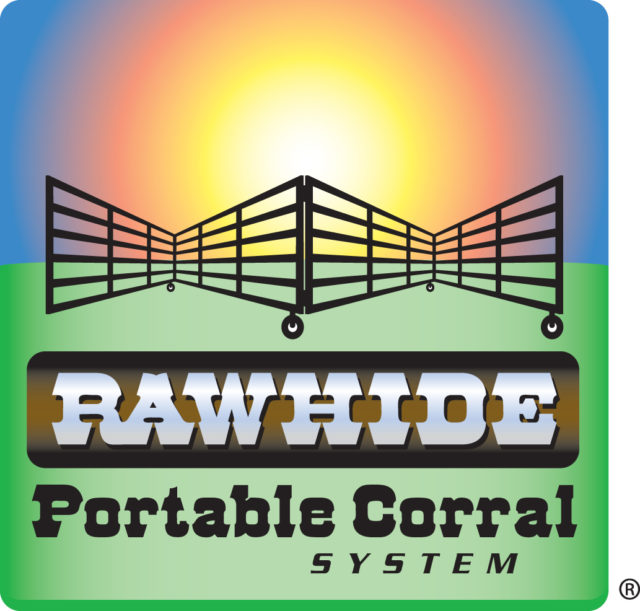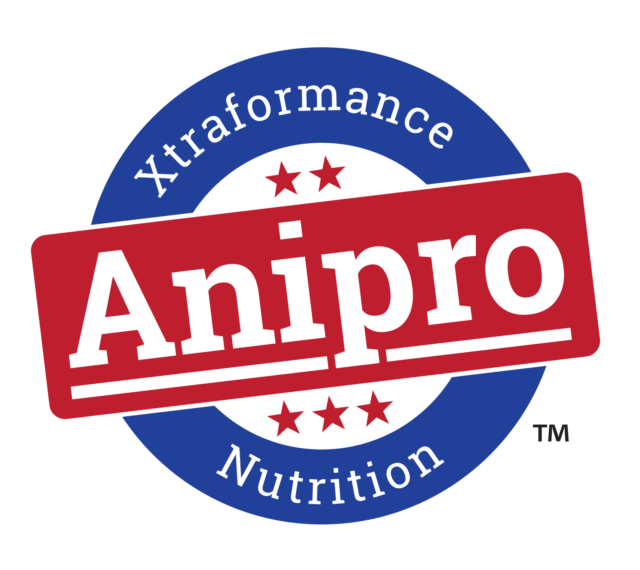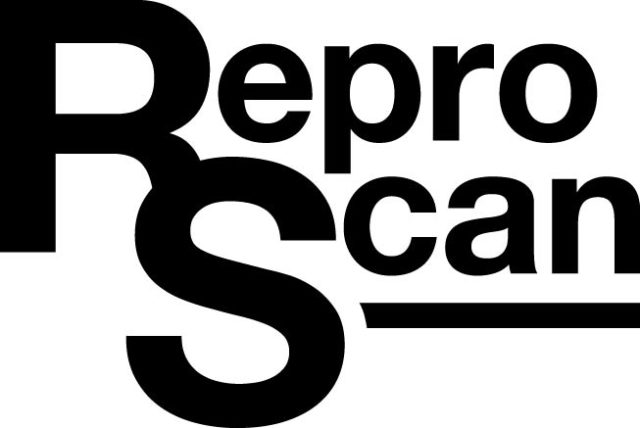Bahiagrass is a warm-season perennial grass widely used in the Coastal Plain region of the southeast U.S. for forage production.It is known for its adaptation to low soil fertility in the region, drought tolerance and persistence under close grazing. Oftentimes, bahiagrass is considered the “red-headed stepchild” of the warm-season grass world because of its moderate yield and quality aspects relative to improved bermudagrasses.
However, most grazed pasture systems in this region of the Southeast rely almost exclusively on bahiagrass as the forage base for beef cattle production systems. Beginning in the mid- to late summer, bahiagrass quality begins to decline and yield tapers off due to decreasing day length. This signals the forage crop to begin preparing for winter dormancy, and nutrient reserves begin to be shifted to the root system. This coincides with increasing nutritional requirements for many cow-calf systems in the region, especially for fall-calving cow herds.
Rather than having the “bahiagrass blues,” how can we think about supplementing cattle in these systems to prepare them for the transition into the fall? Using a proactive approach to planning supplementation needs within your cow-calf system can help improve forage utilization and better match the nutrient needs of the cow herd.
Supplementation can be used to improve overall diet quality of grazing cattle. We often first think about providing a protein supplement during this time of year. This is because protein becomes the first most limiting nutrient in bahiagrass in August and early September, especially if cows are making the transition toward calving. However, both energy and protein supplementation become especially important as cow nutrient demands increase and reach their peak within the first 60 days after calving.
When selecting an appropriate supplement in bahiagrass systems, consider that both components are needed to support cow maintenance, lactation and ultimately preparation for the breeding season. Thus, supplementation should begin before or at the time cows start calving and continue through the breeding season. Producers should not wait until the grass is gone before feeding a supplement, as the quantity of forage consumed still makes up a large portion of cow daily nutrition requirements, even though quality aspects are declining this time of year.
Keep track of pasture conditions and plan for moving cattle to a new pasture or making the transition to hay when bahiagrass quantity becomes limiting. A forward-thinking approach to supplementation will better prepare cattle as they transition into the calving period and winter dormancy in bahiagrass-based systems.








